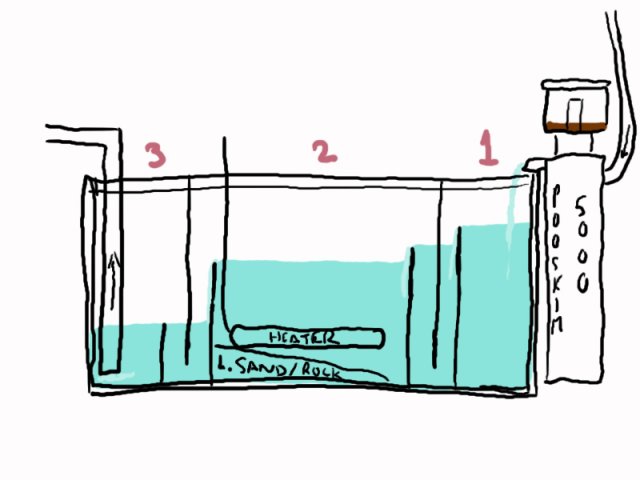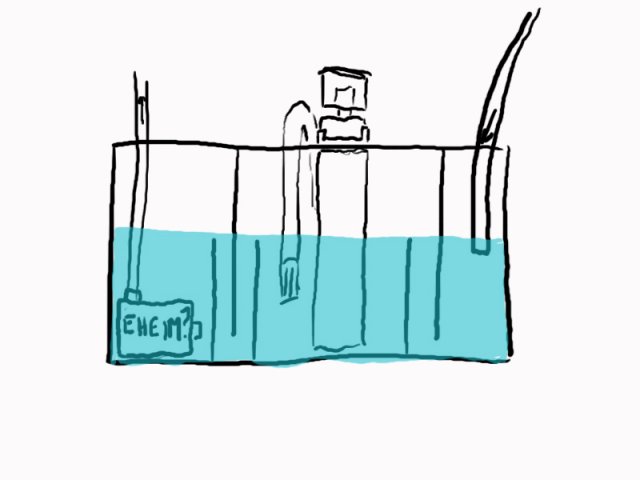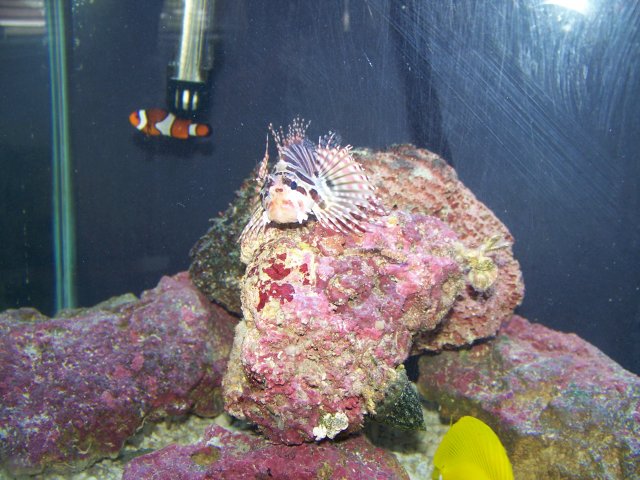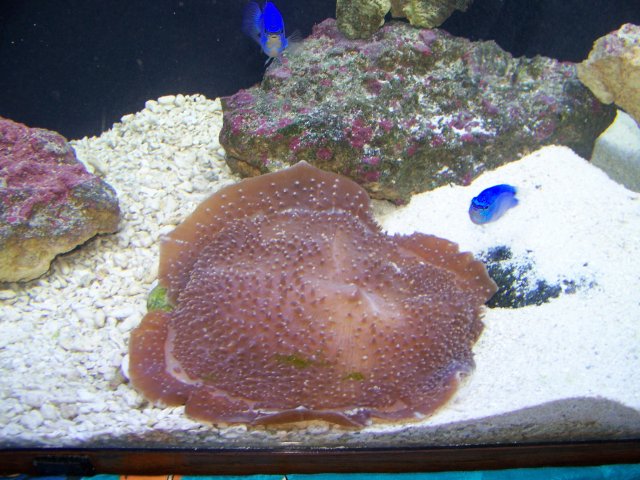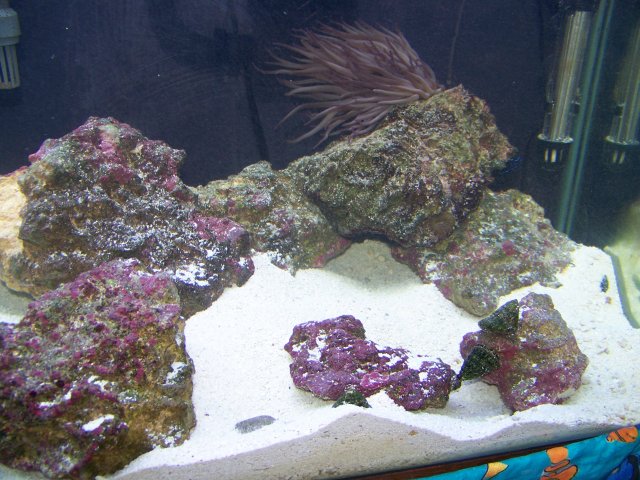well for 1, the water level will be same throughout the whole sump... therefor you need to have all baffles the same height... except the ones the water goes under of course...
Actually, the water level in the sump would be controlled by the last baffle before the "return pump chamber" (if that last baffle goes all the way to the bottom of the sump, that is...). The water level in the return pump chamber will vary, depending on the evaporation rate of the system - as water evaporates the water level in the tank and rest of sump will remain constant, but the level in the return pump chamber will drop. This makes it very easy to control the tank water salinity - either by installing a float valve (to your fresh water supply) in the pump chamber, or by making a simple mark with a permanent-marker pen on the outside of the pump chamber, and just filling this chamber up to the mark at regular intervals (every day...).
To do this, you only need four baffles to create a 3 compartment sump. Fit the first three baffles close to the side where the water flows from the skimmer/tank into the sump, as in your drawing (this is the "bubble trap"). Fit only one baffle to create the partition between the central chamber and the return pump chamber. This baffle must be sealed on the bottom and sides of the sump, creating a simple weir overflow into the return pump chamber.
also, the water needs to enter the sump, not through the protein skimmer then the sump
Why? If the skimmer is capable (and most of the modern needle wheel Euro-reef type skimmers are...), the best skimming can be achieved by running ALL the tank water through the skimmer. The only "trick" to do this is to make sure that the return pump delivers a water flow rate equal to the design flow-through rate of the skimmer. My Deltec AP902 skimmer is set up like this, and I run around 3500 liters per hour through it.
For more info, read the following link:
http://www.reefcentral.com/forums/showthread.php?s=&threadid=554786
morgadeth said:
How does an overflow box work? does it hook to the sump? Thet's where I would assume it goes. This seems like something else easily built...
Yes, it can be built quite easily, and cheaply. Do some searching for self-starting overflows/syphons, ust to get a better understanding of how they work, and what is needed to make them "self starting". If you then have more questions I will gladly explain how I built mine.
Hennie


